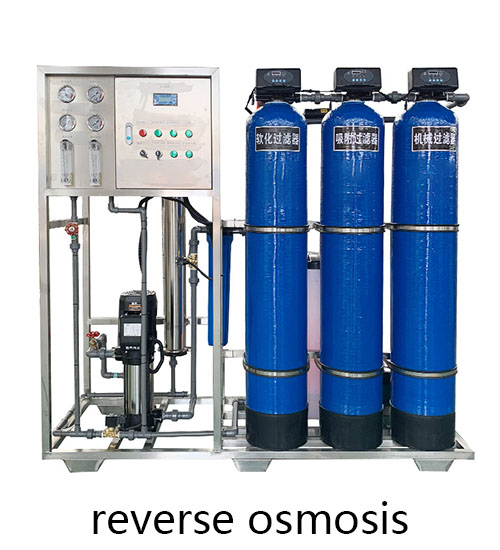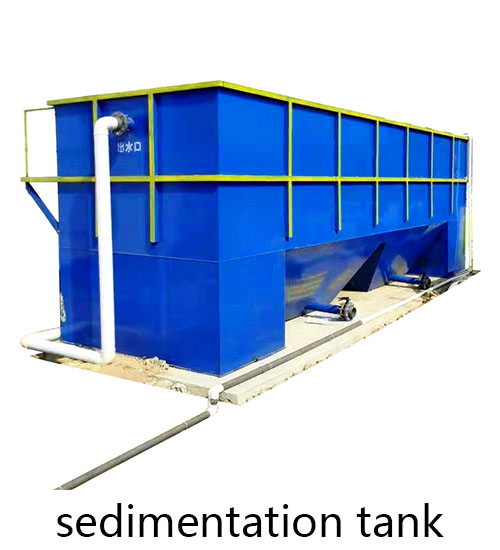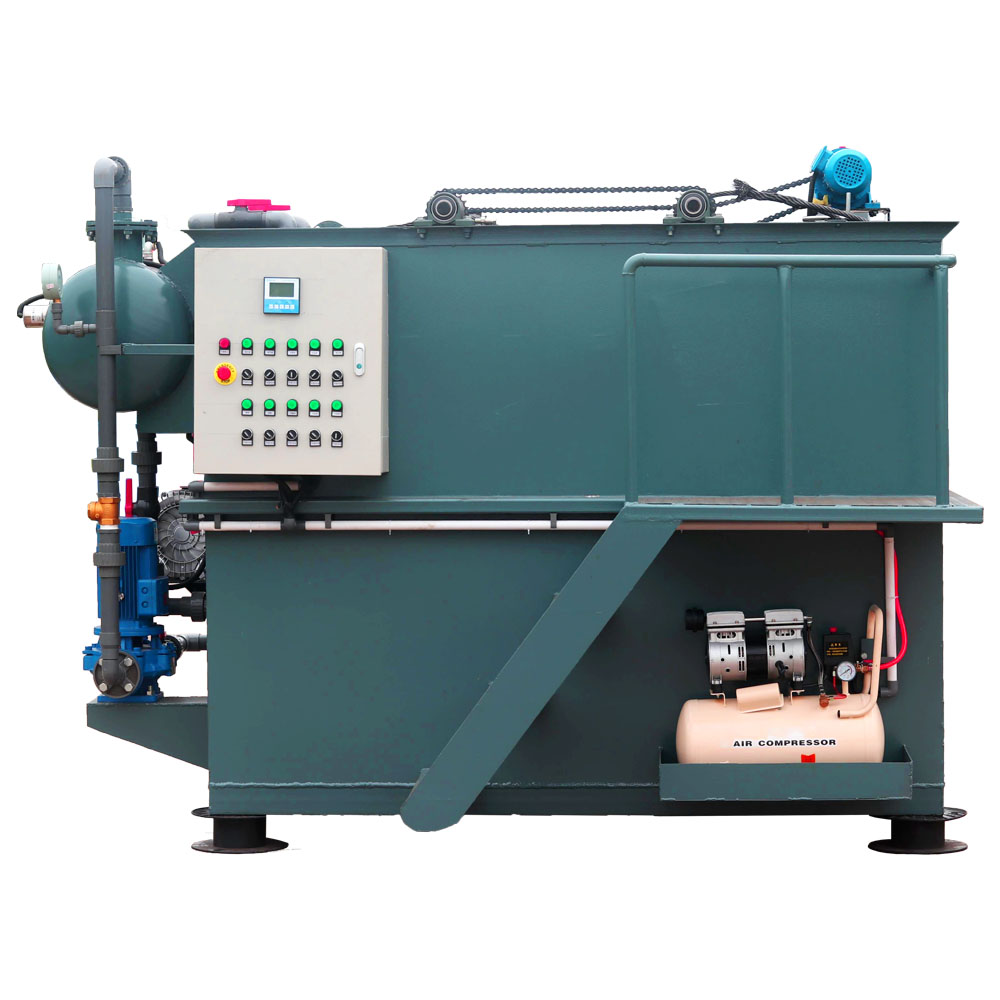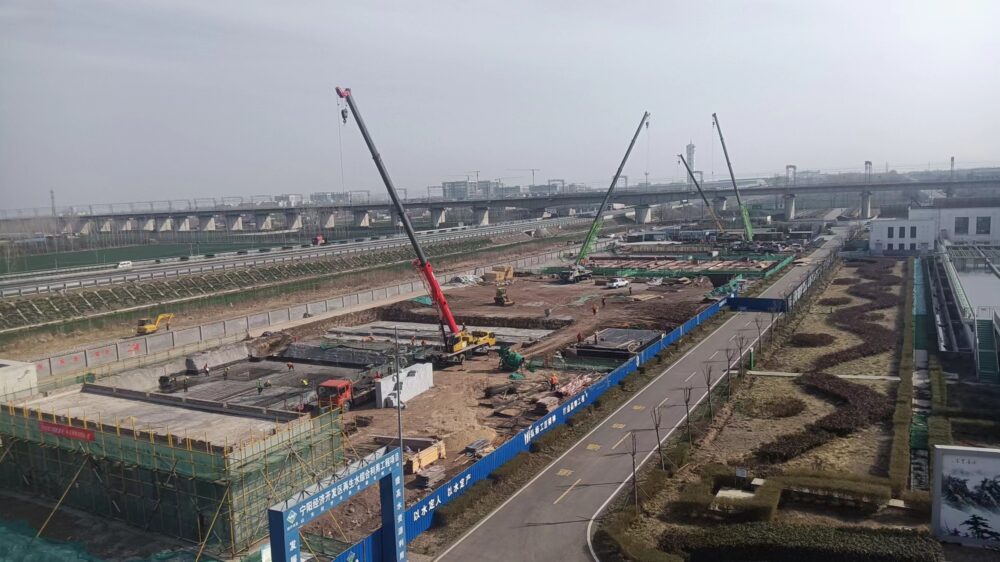In the previous post, I introduced the physical methods in wastewater treatment. Today we will talk about another common process – chemical method.
The chemical method involves adding chemical reagents to wastewater to cause a chemical reaction between pollutants and the reagents, thereby changing the properties of pollutants and achieving purification purposes. Including coagulation precipitation, neutralization, oxidation-reduction, and chemical precipitation, etc.
1. Coagulation precipitation method: Add coagulants (such as polyaluminum chloride, aluminum sulfate, etc.) to the sewage to aggregate suspended solids and colloidal substances into larger particles and settle. The coagulation precipitation method can effectively remove colloids and fine SS, improving the effectiveness of subsequent treatment processes.
2. Neutralization method: By adding acid or alkali to adjust the pH value of the sewage, the acidic or alkaline substances in the sewage are neutralized, thereby achieving the purpose of purification. Neutralization method is widely used in the treatment of acid-base wastewater.
3. Oxidation-reduction method: Using oxidants or reducing reagents to convert toxic or difficult to biodegrade substances in wastewater into non-toxic or easily biodegradable substances. Common oxidants include chlorine gas, ozone, potassium permanganate, etc; Reducing agents include iron powder, ferrous sulfate, etc. The oxidation-reduction method has significant effects in treating wastewater containing phenols, cyanides, heavy metal ions, etc.
4. Chemical precipitation method: By adding chemical precipitants (such as hydroxides, sulfides, etc.), heavy metal ions, phosphate ions, etc. in wastewater are converted into insoluble precipitates and precipitated. The chemical precipitation method is particularly suitable for the treatment of heavy metal wastewater.






